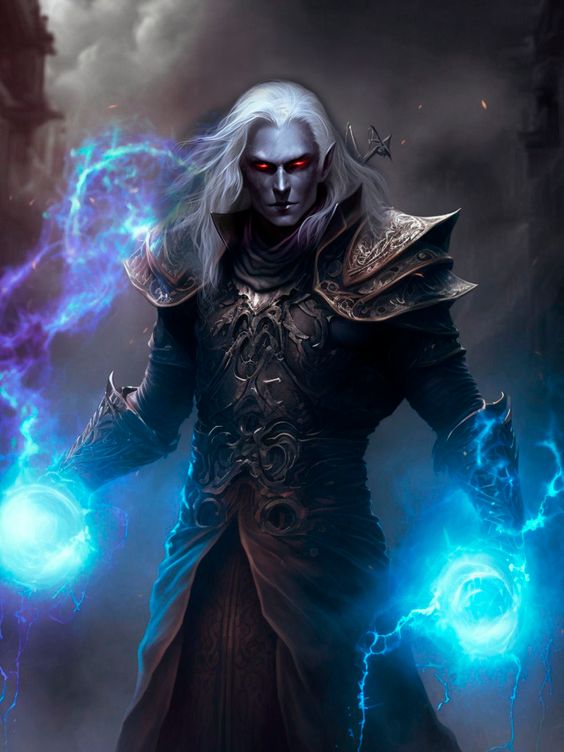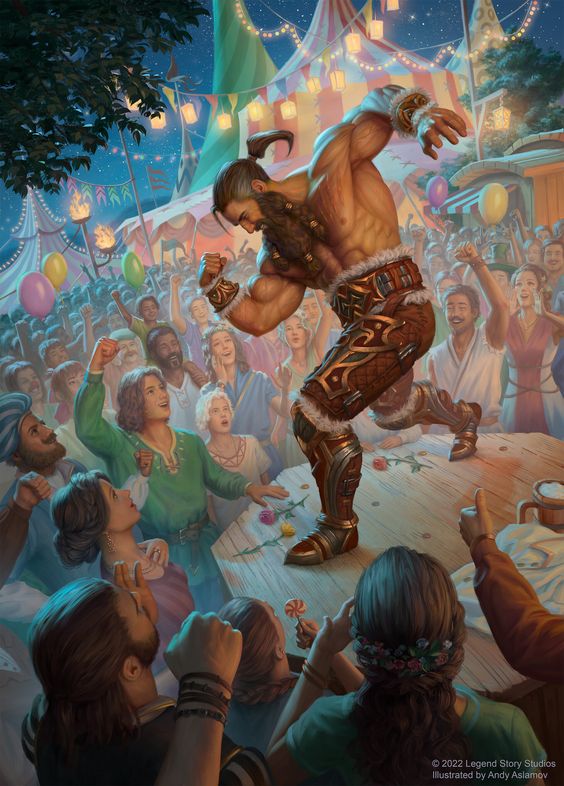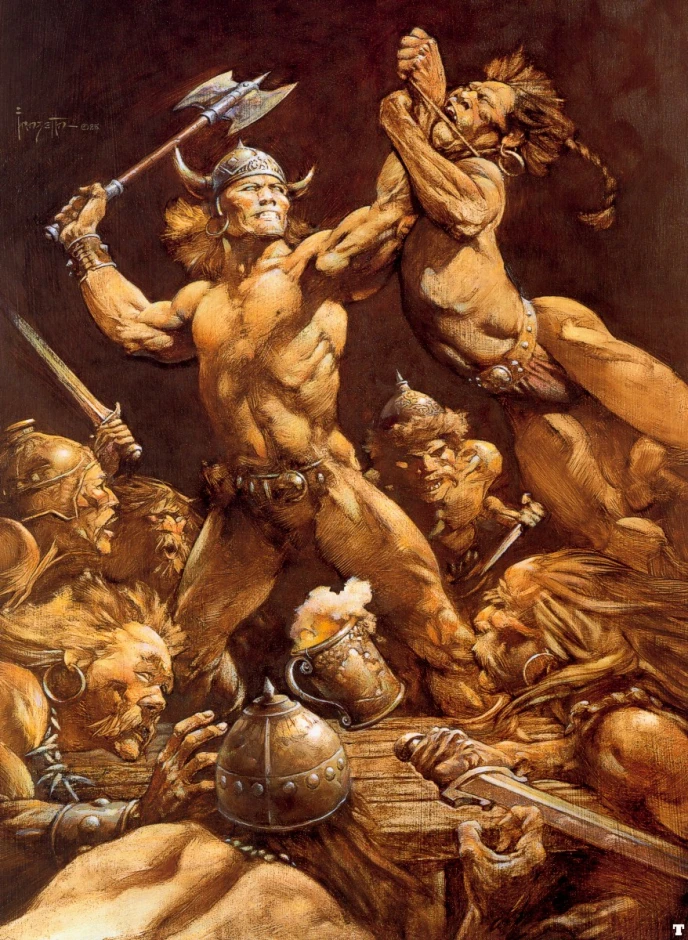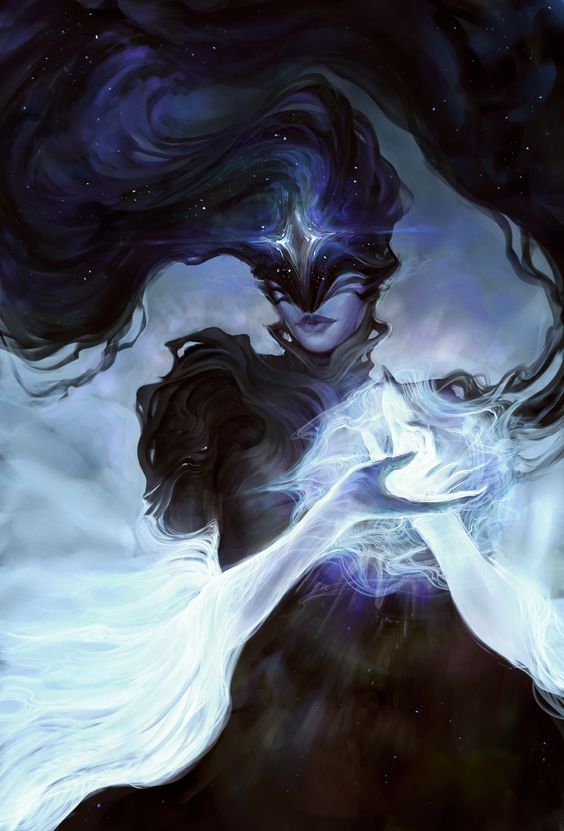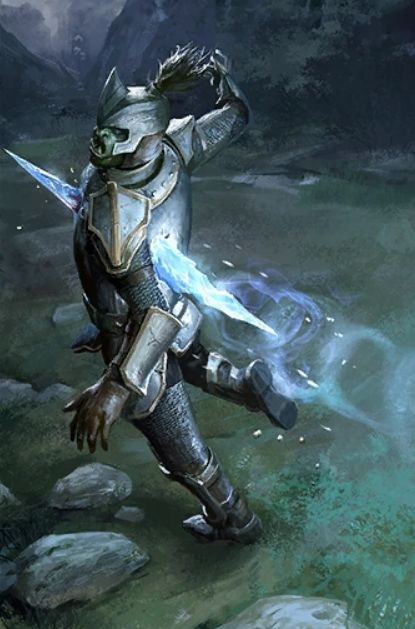D&D 5e: Delve Deep Into Ancient Secrets Using The Eldritch Adept Feat
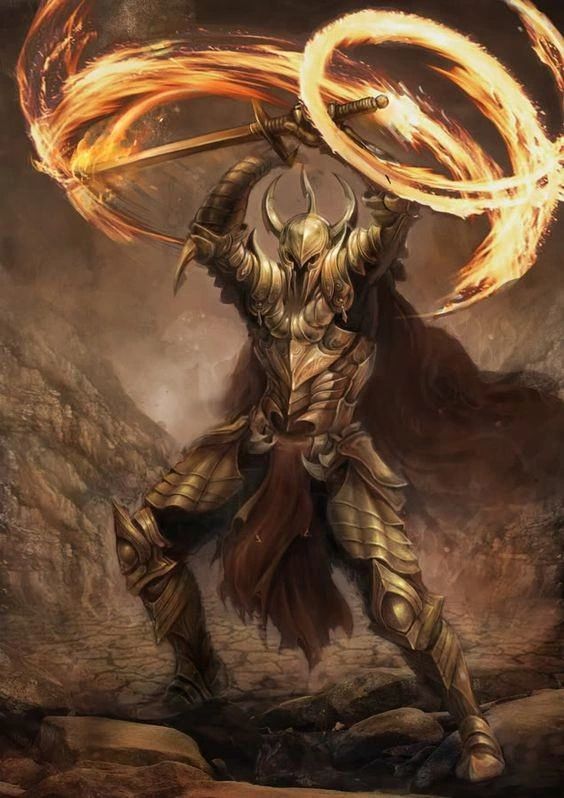
D&D 5e: Delve Deep Into Ancient Secrets Using The Eldritch Adept Feat
SOURCE: Tasha’s Cauldron of Everything
Rating the Benefits of Eldritch Adept
Benefit #1 –
Your character learns one Eldritch Invocation, chosen from the Warlock’s Invocation list. If the Invocation has a prerequisite, it can only be chosen if you’re a Warlock, and you meet that prerequisite
The Warlock’s Invocation list is extensive, with a wide range of powerful and flexible abilities that run the spectrum from damage buffs to out-of-combat utility.
Most characters can find one or two things they want from the list, including abilities that are otherwise impossible to get anywhere else for many builds.
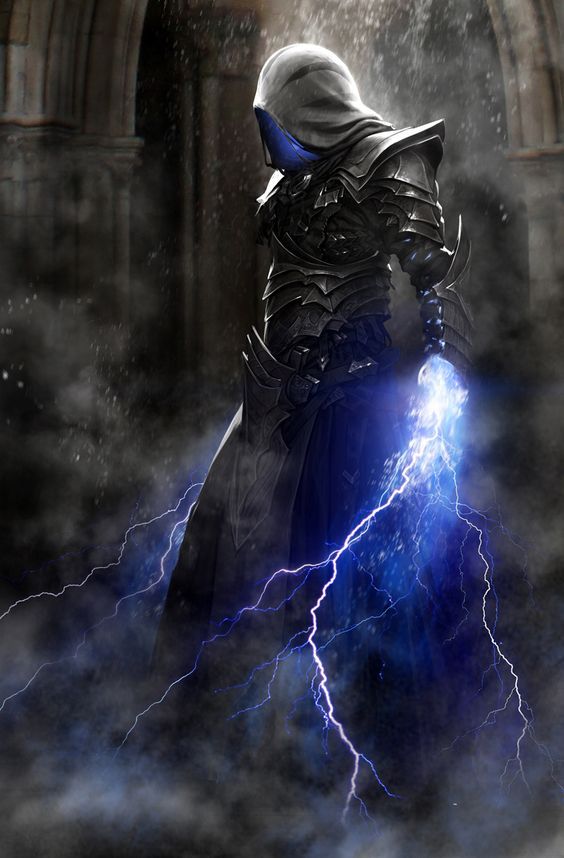
Mechanics and Requirements
Understanding How Eldritch Adept Functions
The Eldritch Adept feat is surprisingly simple. Essentially, you’re trading out a feat slot to pick something from the Warlock’s list of Eldritch Invocations.
The list is extensive (54 options at the published date of this article, not counting Unearthed Arcana) and varied. While several Invocations are locked behind levels or innate Warlock abilities, many others modify Eldritch Blast, the core cantrip of the Warlock class. Others offer passive buffs or extra spellcasting, bolting directly onto any other class in the game.
Invocations that work with Eldritch Blast
Agonizing Blast – Add your Cha modifier to the damage of Eldritch Blast. Note that this bonus damage is added to each attack, meaning at higher levels, when more rays are fired, this can be up to +20 damage. A character who relies on EB as their main source of damage needs this first, no questions asked.
Eldritch Spear – Increase the range of your blasts to 300ft. This isn’t very useful. The standard range is already 120ft, and it’s very rare for combats to extend beyond that.
Grasp of Hadar – Once per turn, hitting with a blast allows you to move that creature 10ft towards you. This is nice. It has no size limitations or required checks. Forced movement is a powerful effect. However, for a Blast-focused build, Agonizing Blast is still more necessary.
Lance of Lethargy – Once per turn, hitting with a blast lets you lower a creature’s speed by 10ft. This is a handy little effect, but will come up far less often, and has fewer use cases, than pulling or pushing the target.
Repelling Blast – Hitting with a blast lets you push a creature 10ft away from you. Powerful and flexible, gaining distance has so many uses, from freeing up allies to making sure the big, smashy monster can’t get to the party.
Importantly, there’s no proviso saying that this is once per turn, as it is with other movement blast abilities. Sage Advice also clarified this, saying that, yes, they stack. So you can legally push a target back up to 40ft, or push multiple targets back, with one casting of EB.
List of Invocation Options for Non-Warlocks
Armor of Shadows – Permanent, at-will Mage Armor. Works out to +2 AC for many casters. Not terrible for squishy mages. Taking the Magic Initiate feat is generally a better option as it also offers cantrips.
Beast Speech – Cast Speak with Animals at will. Definitely a niche, utility choice, but certain characters and certain campaigns can absolutely use this.
Beguiling Influence – Proficiency in Deception and Persuasion. The Skilled or Skill Expert Feats are both significantly better.
Devil’s Sight – See through all Darkness, including magical darkness, up to 120ft. The second part, magical darkness sight, is a rare effect and certain classes and parties can lay down the Darkness spell regularly, as can some enemies.
Eldritch Mind – Advantage on Concentration Saves to maintain spells. Not bad, but the War Caster feat does this better.
Eldritch Sight – Detect Magic at will. Can be useful, though you’d probably be better suited with Ritual Caster.
Eyes of the Rune Keeper – You can read all writing. Will break certain campaigns wide open, but is otherwise incredibly niche.
Fiendish Vigor – Cast False Life at will. This essentially translates to a permanent +8 temporary HP whenever there’s more than a round or two of downtime. Decent early. Can be swapped out later.
Gaze of Two Minds – Touch a humanoid to see through their senses, spending an action every turn to keep that connection maintained, while being blind and deaf in your own body. Niche and mostly useless, especially in a world where familiars exist.
Mask of Many Faces – Cast Disguise Self at will. Is your campaign all about subterfuge, spies, and other skulduggery? Then this is amazing. If not, it’s mostly just fine, if a fun toy to play with.
Misty Visions – Cast Silent Image at will. This is fantastic, purely because of the broad application of Silent Image. Creative players and parties will love this.
Key Stats
Eldritch Adept has no innate stat requirements, but taking many of the spellcasting choices naturally requires having a high Charisma score, as any Warlock should.
Ideal Characters for Eldritch Adept
Top Classes
Warlocks – The Invocation list contains some incredibly powerful options, but Warlocks only have limited access to it as they level. As well, a typical Warlock build might also use half or more of their Invocation slots on essentials that boost their core role, meaning even less room for the choices that are based around utility or simple fun.
As a Warlock, spending feats to grab more invocations is never a bad choice.
Bard – Bards can make great use of everything on offer here. Firstly, any Bard can pick up Eldritch Blast using Magical Secrets or a Feat, which is a good option as it adds a ton of damage to a class that traditionally lacks it.
Secondly, all of the bonus spellcasting offers things that Bards love, whether that’s extra spells or infinite castings of things like Disguise Self and Silent Image, both of which play into the flexible generalist aspect of the class.
Paladin – Strong ranged damage for a class that otherwise lacks it. Pick up Eldritch Blast from somewhere, (Magic Initiate is best, so you can also get Hex.) Grab the Agonizing Blast Invocation, then blow holes in your enemies from up to 120ft away.
Multiclassing Considerations
The Eldritch Adept feat has two major multiclassing considerations:
- Would your build benefit better from this feat, or a single-level multiclass directly into the Warlock class itself?
- If you’ve already taken a level as a Warlock multiclass, is another level worth more than taking this feat for a single invocation?
Many characters already consider taking Warlock multiclasses, specifically the Hexblade subclass, as it’s probably the single strongest 1-level dip in the entire game. Using Cha on attack and damage rolls turns Paladins into single stat classes, and that one level also offers a ton for characters like Bards and Sorcerers, who obviously appreciate proficiency in medium armor and shields, plus more spells.
However, 1 level of Warlock doesn’t give a character access to Invocations. If there’s something you really want (ahem, Agonizing Blast) then this is a worthy way to grab it.
Race or Subrace Choices
Variant Human – Gaining a feat as part of your racial options lets you grab Eldritch Adept at first level.
Combos, Tactics, and Synergies
Complementary Feats
Magic Initiate/Spell Sniper – Both of these feats let a character pick a cantrip from the Warlock spell list. Eldritch Blast is on that list. For Bards, Sorcerers, and maybe even Paladins, this is the easiest way to get that cantrip.
Spells that Synergize
Eldritch Blast – Are you sensing a theme yet? Eldritch Blast makes up 99.9% of most Warlock’s offensive output. It’s the strongest overall damage cantrip in the game, and many Invocations add extra effects to it. See above for how to gain access to it via race or feat choices.
Strategies for Maximizing Eldritch Adept Effectiveness
Swapping out Invocations – The description for Eldritch Adept states that Invocations can be changed when a character gains a level.
This means a character can take Invocations that have more use early, for example, the AC from Armor of Shadows, or the temp HP from Fiendish Vigor, then swap these later when their build has more defensive options and less need for these effects.
Taking Multiple Invocations – For Warlocks, in particular, an Invocation often has more value than another feat. Nothing prevents a character from taking this feat multiple times, as long as they’re choosing a new invocation every time they do so.
Final Thoughts on Eldritch Adept
In our opinion, Eldritch Adept has three real use cases:
- Warlocks who need an extra Invocation
- Other classes who have access to Eldritch Blast and want more damage
- Characters who want access to one of the at-will, utility spells
While it’s not the strongest feat, there are a lot of niche interactions that make this a suitable choice for a ton of builds. We can definitely see many Charisma-based casters taking this in the middle levels, once they’ve picked up their core build options.


